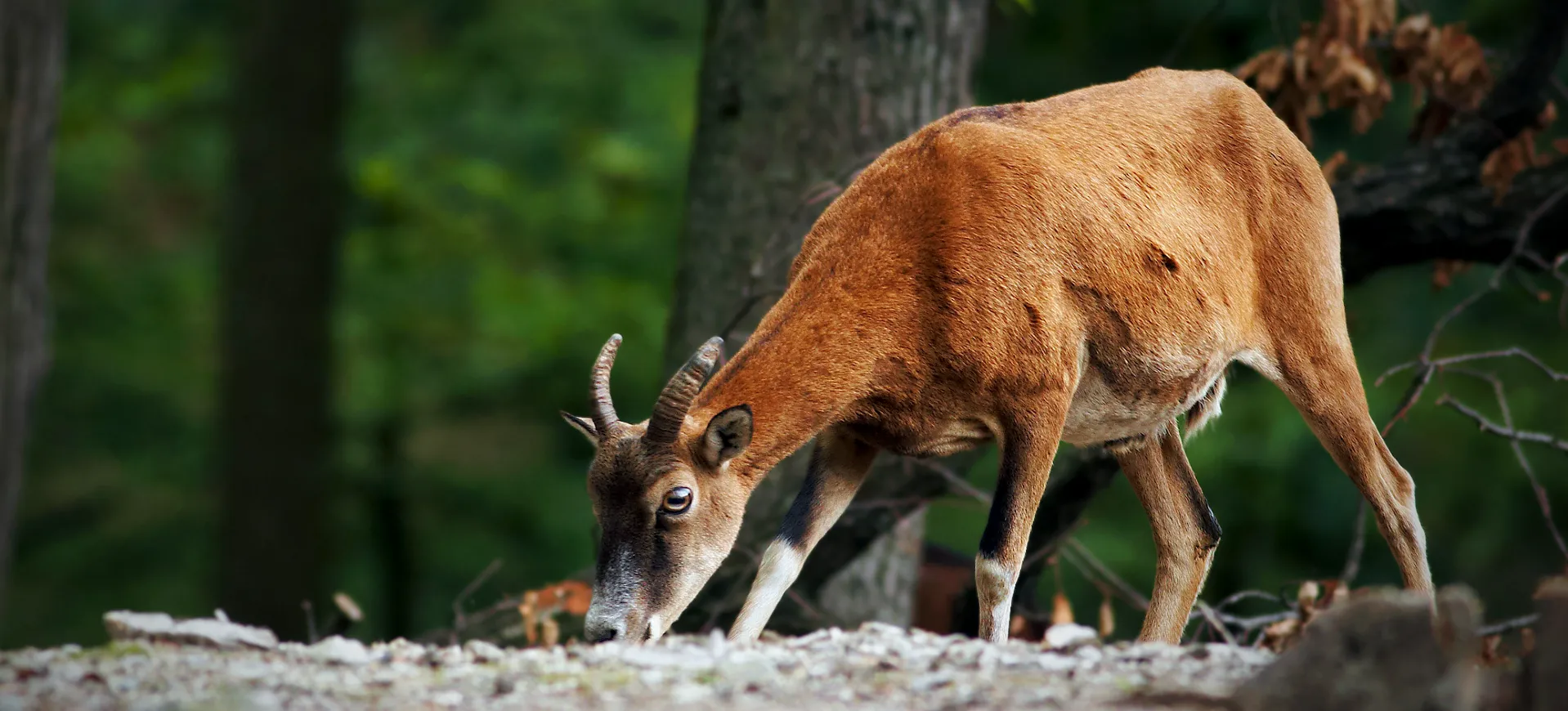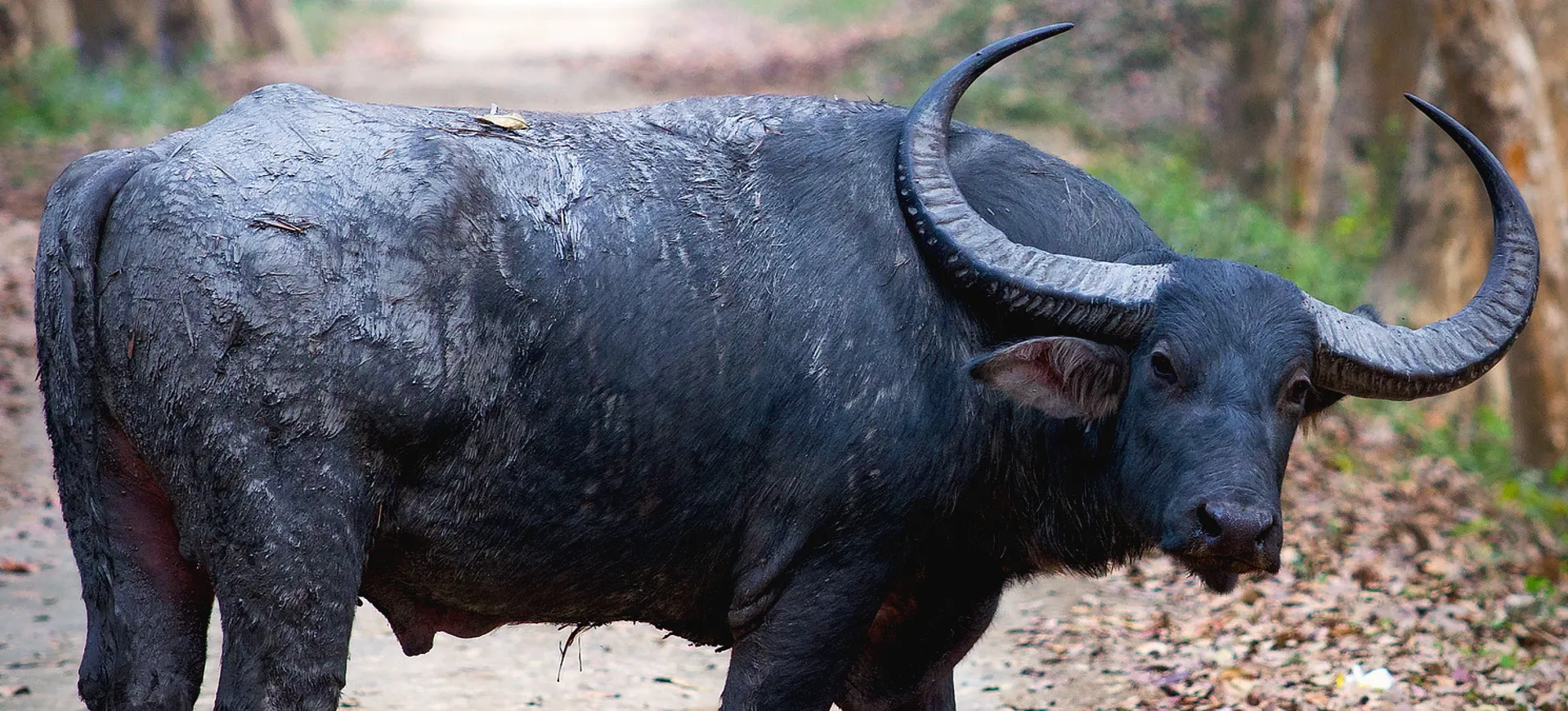Overview
Kirk’s Dik-dik is a small antelope species native to Eastern Africa, particularly in regions of Kenya, Tanzania, and Namibia. Named after Sir John Kirk, a 19th-century naturalist, this species is one of the smallest antelopes, standing about 16 inches at the shoulder. They are characterized by their elongated snouts and large, dark eyes, which provide them with excellent vision.
These animals are primarily browsers, feeding on various leaves, fruits, and flowers. Their unique physiological adaptation allows them to get most of their water from the plants they consume, reducing their need to drink water. This adaptation is particularly useful in the arid and semi-arid habitats they often occupy.
Kirk’s Dik-dik is monogamous and forms long-term pairs. They are territorial animals, marking their territory with dung and urine. The species is generally shy and elusive, often hiding in bushes when threatened. They have a lifespan of up to 10 years in the wild and slightly longer in captivity.
Taxonomy
Kingdom
Phylum
Class
Order
Family
Genus
Species
Sub Species
Type
Physical Description:
Kirk’s Dik-dik has a light brown to grayish coat that provides camouflage in its natural habitat. The belly is lighter in color, and they have a noticeable white ring around each eye. Their legs are slender and have hooves adapted for quick and agile movements. The males possess small, spike-like horns that are about 3 inches long.
The species has a unique elongated snout, an adaptation for thermoregulation. This snout contains numerous blood vessels that help cool the animal’s body temperature. The large, dark eyes are not just for vision; they also contain preorbital glands that produce a dark, sticky secretion for marking territory.

Lifespan: Wild: ~10 years || Captivity: ~15 years

Weight: Male: 11–15 lbs (5–7 kg) || Female: 11–15 lbs (5–7 kg)

Length: Male: 24–28 inches (60–70 cm) || Female: 24–28 inches (60–70 cm)

Height: Male: 14–18 inches (35–45 cm) || Female: 14–18 inches (35–45 cm)

Top Speed: 26 mph (42 km/h)
Characteristic:
Native Habitat:
Kirk’s Dik-dik is well-adapted to arid and semi-arid regions. They are commonly found in savannas, open plains, and woodland areas where they can access their preferred food sources. The species prefers habitats with dense undergrowth and shrubs, which provide cover from predators.
The availability of suitable vegetation is a significant factor in their habitat selection. They are generally found in regions where acacia trees and shrubs are abundant. These plants provide food and cover, making them ideal habitats for this small antelope species.
Climate Zones:
Biomes:
Biogeographical Realms:
Continents:
Diet:
Diet & Feeding Habits:
Kirk’s Dik-dik primarily feeds on leaves, fruits, and flowers. They are selective browsers, choosing the most nutritious parts of plants. This selective feeding behavior allows them to maximize nutrient intake while minimizing water loss, an essential adaptation for survival in arid environments.
The species rarely drinks water, obtaining most of its hydration from the plants it consumes. During the dry season, they may consume succulent plants with high water content. They are also known to consume mineral-rich soil, which provides essential nutrients that may be lacking in their diet.
Mating Behavior:
Mating Description:
Kirk’s Dik-dik is monogamous, forming long-term pairs that share and defend a territory. The mating pair engages in mutual grooming and vocalizations to strengthen their bond. Mating can occur throughout the year, but there is a peak during the rainy season when food is abundant.
After a gestation period of about 169 to 174 days, the female gives birth to a single offspring. The young are precocial and can stand and walk shortly after birth. They are usually hidden in dense vegetation for the first few weeks of life where the mother visits them for nursing. The father plays a role in defending the territory but does not directly participate in childcare.
Reproduction Season:
Birth Type:
Pregnancy Duration:
Female Name:
Male Name:
Baby Name:
Social Structure Description:
Kirk’s Dik-dik lives in monogamous pairs that share and defend a territory. These territories are marked with dung and secretions from the preorbital glands. The species is generally shy and elusive, often hiding in dense vegetation when threatened. They have a variety of vocalizations, including whistles and clicks, which are used for communication within the pair and to alert each other to danger.
The social structure is relatively simple, with long-term pairs forming the basic social unit. There is little interaction between different pairs except during territorial disputes. These disputes are usually resolved through vocalizations and displays rather than physical confrontations, as the species tends to avoid aggressive behavior.
Groups:
Conservation Status:
Population Trend:
Kirk’s Dik-dik is currently listed as “Least Concern” on the IUCN Red List, indicating that it is not facing immediate threats of extinction. The species has a stable population trend and is relatively widespread in its native range. However, localized declines have been noted due to habitat loss and hunting.
While the exact numbers are unknown, the species is generally considered common within suitable habitats. They are more abundant in protected areas where hunting and habitat degradation are controlled. Ongoing monitoring is essential to ensure the species remains stable, especially in regions where it shares its habitat with human activities.
Population Threats:
The primary threats to Kirk’s Dik-dik are habitat loss and hunting. Expanding agriculture and human settlements are leading to the degradation of their natural habitats. In some regions, they are hunted for their skins, used in traditional crafts, and for their meat, considered a delicacy.
Despite their “Least Concern” status, localized population declines have been observed. These are often due to severe habitat degradation and illegal hunting. The species is also vulnerable to predation by larger carnivores, although their small size and agility often allow them to escape predators.
Conservation Efforts:
Conservation efforts for Kirk’s Dik-dik primarily focus on habitat preservation. Protected areas have been established to safeguard their natural habitats. Anti-poaching measures are also in place in several regions to curb illegal hunting of the species.
Community-based conservation programs are being implemented to involve local communities in conserving this species. These programs aim to educate people about the ecological importance of Kirk’s Dik-dik and the need for its protection. Sustainable land management practices are also being promoted to minimize habitat degradation.
Additional Resources:
Fun Facts
- Kirk’s Dik-dik can reach up to 26 mph when escaping predators.
- They have a unique “cry” that sounds like “dik-dik,” which is how they got their name.
- The species can live without drinking water for long periods.
- They have a specialized nose that helps in cooling their blood.
- Kirk’s Dik-dik has a monogamous mating system, which is relatively rare among antelopes.
- They mark their territory with a dark, sticky secretion from their preorbital glands.
- The species has a unique “tripod” stance, where they rest on their belly and two front legs.
- They are known to consume mineral-rich soil to supplement their diet.
- Kirk’s Dik-dik has a lifespan of up to 10 years in the wild and up to 15 years in captivity.
- Despite their small size, they are excellent jumpers and can clear obstacles up to three feet high.















































































